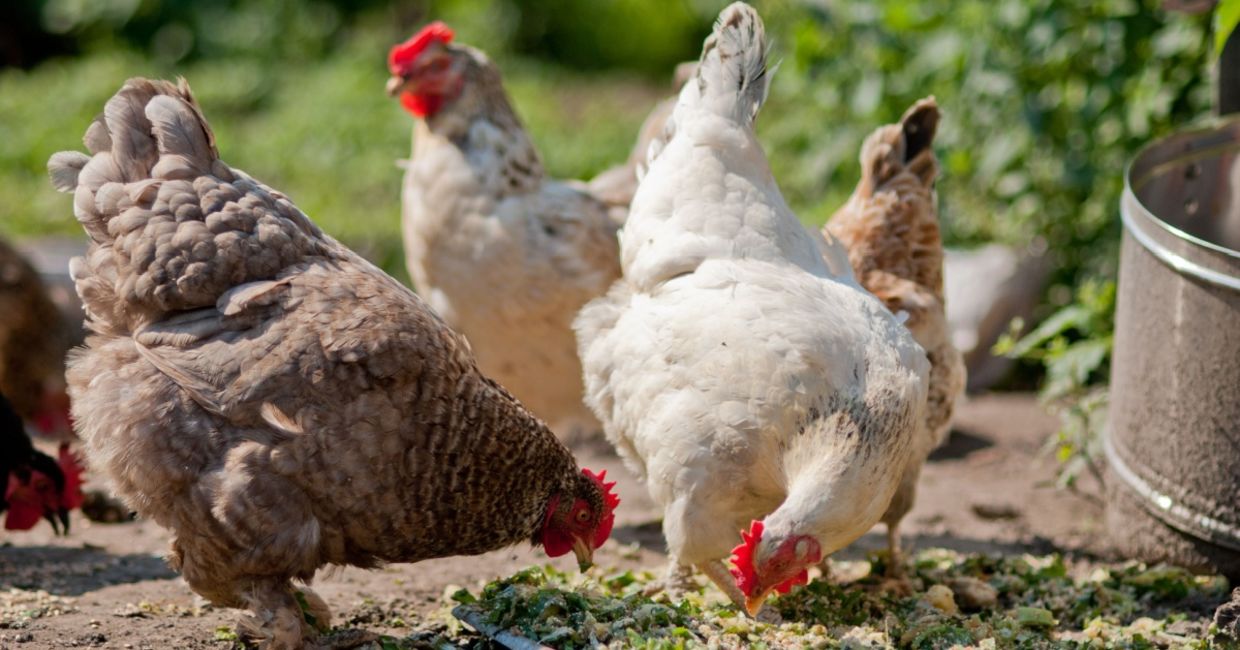
(Kemeo / Shutterstock.com)
Using AI, a group of researchers from Dalhousie University in Halifax,have begun the surprisingly complicated work of translating the language of chickens. This groundbreaking study about chicken vocalizations could have positive implications not only for chicken welfare, but also for avian species all over the world.
Universal Chicken Translator
Dr. Suresh Neethirajan, university research chair in Digital Livestock Farming at Dalhousie and one of the lead researchers of the study set out to create a “universal chicken translator,” reported The Conversation.
Chicken “speech” is actually a lot more complex than one might think. They squawk, cluck, and even purr, and the way they communicate with one another can be affected by their environment, age, and level of domestication. In addition, according to The Debrief, chickens also communicate via visual cues such as body language and facial expressions.
Luckily, the researchers were able to leverage new Artificial Intelligence (AI) technologies to help them begin to decipher what chickens are saying. According to The Conversation, AI can process and analyze huge amounts of audio data. It can recognize patterns and types of vocalizations. Using this information and an AI technique called Natural Language Processing, the researchers have begun to interpret the emotional states of chickens.
In addition, the researchers also used data from video and thermal imaging, tracking the chickens’ expressions and facial temperatures. This can be used to track how chickens respond to stressors.
Empathetic and Responsible World
Neethirajan told The Conversation that his team’s interest in chicken communication is not just academic. The researchers hope that this could be a watershed moment in terms of animal husbandry.
“Farmers can use this knowledge to create better living conditions, leading to healthier and happier chickens. This, in turn, can impact the quality of produce, animal health and overall farm efficiency,” he said.
Additionally, he advocates for the use of this information to influence animal welfare policies. The more people understand animals, the more likely they are to care about their wellbeing.
This can apply to more than just chickens. Other researchers could use the data and methods that Neethirajan and his team have collected to begin to understand other avian species, and advocate for their wellbeing as well.
It is very easy to become enamored of new, exciting technology. As AI becomes more and more complex and more and more present in our lives, the more easily it can be misused. Neethirajan and his team, however, are part of a push toward ethical AI use. Instead of using AI for frivolous goals, they suggest using AI to create a better world. For this, they should be commended.
YOU MIGHT ALSO LIKE:
EU Votes to Phase Out Industrial Farming
Study Shows Pigs React to Music With Emotion
Scientists Find a New Use for Chicken Feathers







